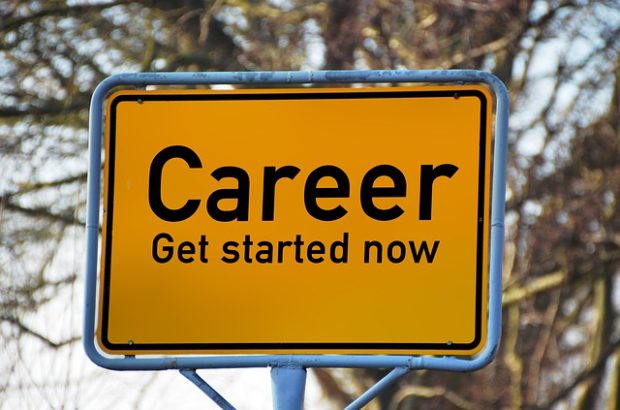Financial Makeover Week 1: Getting Started and The Truth About Minimum Payments
This is the part where you get on the scale and face that scary number.
This is also the part of the makeover where you learn Albert Einstein’s definition of insanity: “Insanity is doing the same thing over and over again and expecting different results.”
This week your job is to gather all of your credit card statements. Then, on a spreadsheet or in a notebook (whichever you will not avoid) write down each account’s balance as of December 31, 2008. Here is a simple example representing “Sally Simple’s” credit card debt:
Macy’s $500 22%
WaMu $2.000 16%
Chase $4,000 12%
Sally has $6,500 in credit card debt. Where should she begin paying this down?
Good News: If you are only paying the minimum payments each month, then you are building your credit score by consistently paying on time.
Bad News: If you are only paying minimum payments each month, you may be stuck with your debt for over 20 years if you keep this pattern going.
Now Sally has Two Choices:
1. Sally can focus on paying off the card with the highest interest rate first, as mathematically this will save her the most money in the long run.
2. She may want to consider paying off the card with the lowest balance first so she can see her progress and stay motivated.
The Math Behind Your Minimum Payment
For this example we will use Sally’s Chase card, which has an interest rate of 12% and a balance of $4,000.
If Sally pays only the minimum payment on her credit card each month, it will take her over 23 years to pay her card off and she would end up paying Chase $3,696.57 in INTEREST.
If Sally decided to pay a consistent $100 per month (which in this example happens to be only $20 more than the initial minimum payment), it will take her just over 4 years and cost her $1,133.87 in interest to reach a zero balance.
These numbers assume Sally never charges another thing on thing on this card again. If she kept on swiping away, these numbers would look much worse.
So my major lessons about high interest credit cards and minimum payments are:
1. Decide what you can afford to pay in fixed payments each month and pay without fail.
• Even when the balance starts going down, keep paying this payment so you chip away at the principal rather than drowning yourself in interest only payments.
2. If you are truly dedicated to getting out of debt, stop using your credit cards if at all possible. Otherwise, this plan really doesn’t work. This may mean cutting up all but 1 or 2 cards in case of an emergency.
3. Play with this calculator to understand the real cost of charging an unexpected emergency on your credit card.




